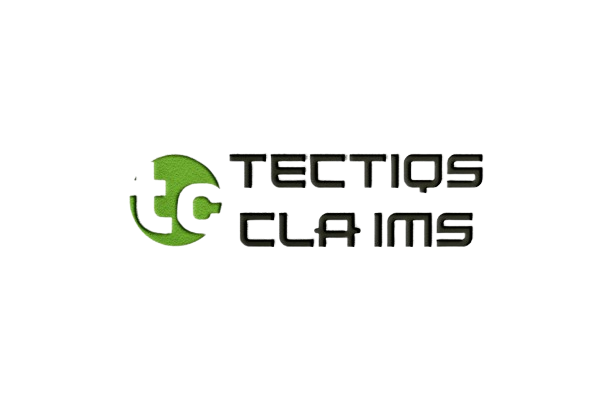Introduction
In personal injury law, the doctrine of mitigation of damages is without doubt one of the most sacred principles. For example, it obliges claimants to cushion any potential loss resulting from an injury, with them having to take all the reasonable steps necessary. A case that is crucial in providing an excepting case for this point is Bent v Highways and Utilities Construction [2003] It shows the importance of how wise decisions to reduce losses in a vehicle hire case where there has been an accident.
Understanding the Principle of Mitigation:
Mitigation is a term of art; it is the principle that plaintiffs (claimants) must take steps to reduce the damages they have been subject to due to the negligence or wrong doing by a second party. This is the very essence of the reasonableness which required the Plaintiff to mitigate (in reasonable terms) his or her damages for the one who is seeking the injunctive relief; and
Courts have emphasized the role of mitigation in maintaining the integrity of compensation limits and avoiding the perverse incentive created by allowing an unreasonably high figure.
The Case of Bent v Highways and Utilities Construction (2003):
The claimant in Bent v Highways and Utilities Construction sought reimbursement for the cost of hiring a vehicle after she had a road traffic accident that was the fault of the defendant. But the court found the claimant had lost that chance by hiring an expensive credit hire vehicle when a much cheaper one was available. Accordingly, the claimant could only recover her loss in the form of the cost of hire rather than the inflated expense spent.
Practical Strategies for Claimants:
The case of Bent v Highways and Utilities Construction provides lessons for claimants involved in personal injury claims:
Genuine solutions:
Claimants should be advised to explore genuine solutions to reduce their losses like utilizing rental vehicles or repair services at a reduced rate.
Legal Advice:
Claimants can seek legal advice to understand what their responsibilities are regarding mitigation and can then make well-informed decisions to preserve their own interests. Documentation — detailed documentation of the costs incurred and mitigation efforts is essential to supporting claims and addressing claims of failure to mitigate.
Communicate:
Opening and establishing lines of communication with the insurance companies, the legal representatives is a part of the negotiation in the mitigation process, in order to respect the rights of individuals who are seeking assistance with their claims.
Conclusion:
Indeed, the case of Bent v Highways and Utilities Construction (2003) emphasizes the importance of reducing losses in personal injury claims.
What the decision: highlights are the requirement on claimants to avoid the type of unreasonableness that worsens the damage of their own negligence and also that unrecoverable costs may result from a failure to do so. The mitigation of losses essentially requires a claimant to take reasonable steps to prevent his losses from getting higher.
This can range from things like making sure that the patient gets as soon as possible after developing an injury or condition that would require medical help, or from making sure that the patient take medication when one has to take it or making sure that if a patient come to your clinic with an injury that may require that he have some other care (cost-effective as possible to the provider).
Claimants must understand mitigation rules and principles if they are to effectively safeguard their interests and enhance their prospects of receiving appropriate compensation for their injuries.
Claimants who know they have a duty anyway can demonstrate that they have done so in a few tactical ways, which will help their cases if they end up in court. On the other hand, simple do it yourself fixes may help to protect your interest in a personal injury claim. Rapid response, record collection, documentation of all expenses and steps taken to mitigate the harm, and possibly legal advice to try to navigate through the claims process are just some of the many factors an organization must deal with once a data breach has occurred.
In the end, well positioned and properly conducting their claimants can increase their odds of recovering true-value compensation for their damages. Mitigation is in the interest of claimants in that they may increase the amount of recoverable expenses but also in the interest of the legal system as a system to be fair and efficient.


